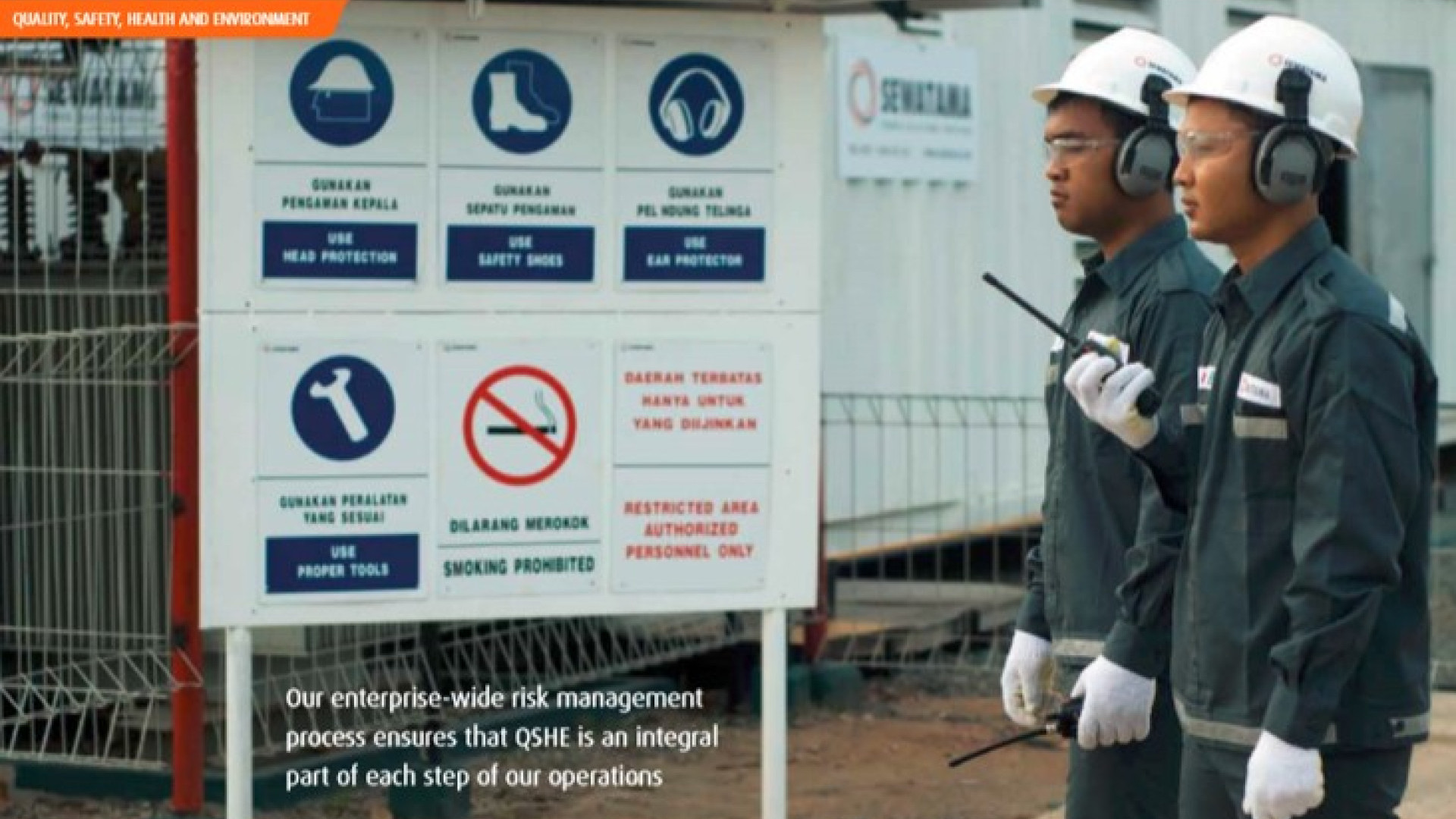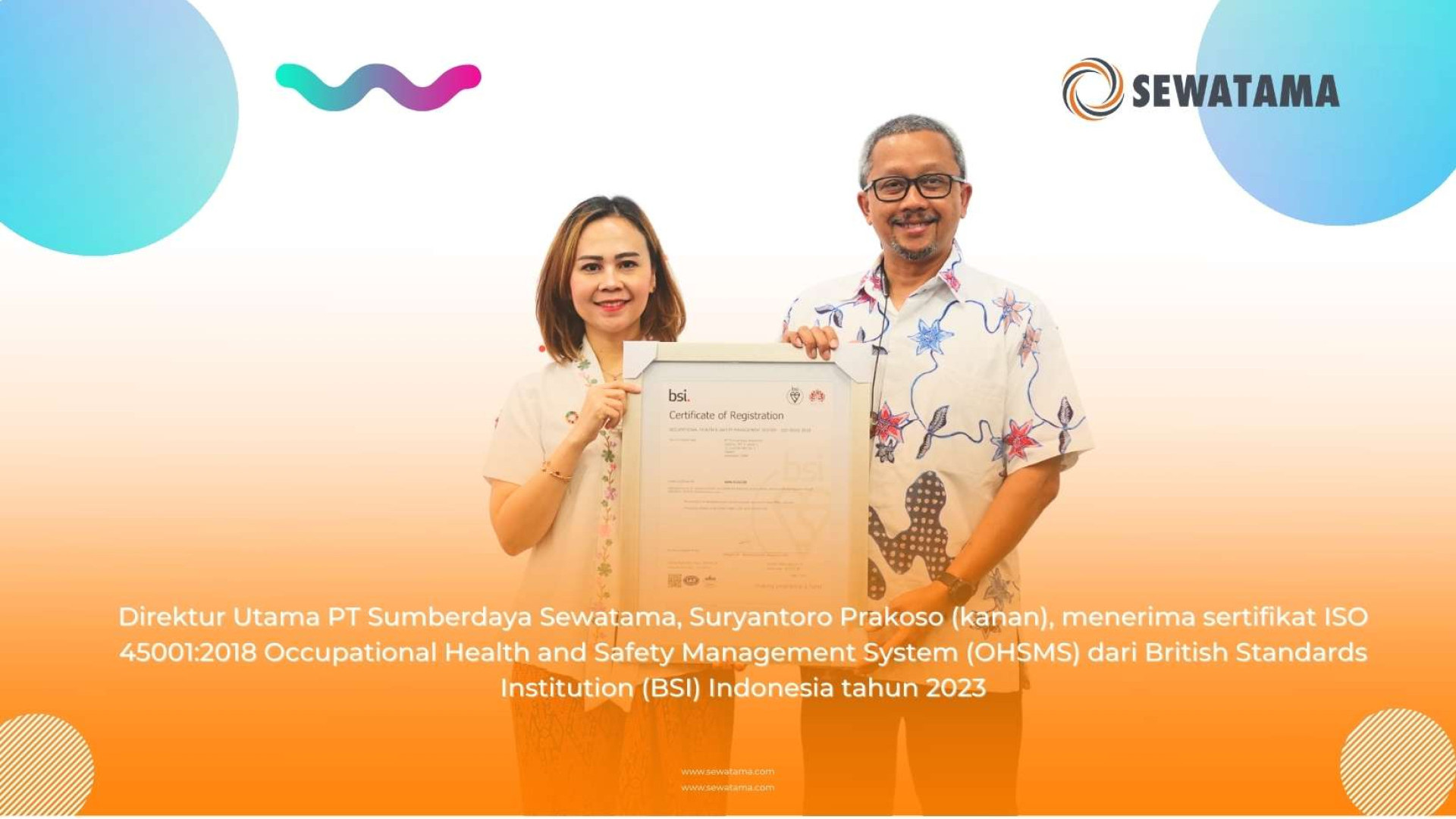
5 Tips for Cultivating a Robust HSE Culture
A Health, Safety, and Environment (HSE) culture isn't born from mere slogans; it's forged through consistency, knowledge, and collaboration. At Sewatama, we’ve made a significant investment throughout 2025, executing 14 structured HSE training agendas designed to solidify the understanding of every employee. How did we manage to implement this effectively? Here are five critical takeaways that can serve as valuable tips for any organization seeking to enhance its safety performance.
1. Build Foundational Understanding Through Structured Training
Knowledge is the bedrock of safety. Through a blend of 11 internal and 3 external trainings, along with other programs, we ensure every worker is fluent in the specific procedures and risks inherent to their field operations. This comprehensive approach ensures that safety is embedded from the ground up.
2. Utilize Flexible Learning Methodologies
Employing a hybrid training model (both on-site and online) guarantees equitable access for all employees. This is particularly crucial for our operational teams, who are often scattered across various remote locations, ensuring that no one is left behind.
3. Objectively Measure Training Effectiveness
We quantify the impact of every training session through pre-tests and post-tests. The consistent upward trend in scores provides tangible evidence that the increase in knowledge is measurable and accountable. We don't just train; we ensure the knowledge sticks.
4. Drive Inclusive Stakeholder Engagement
An effective HSE culture cannot be siloed within the Quality Health Safety & Environment (QHSE) department alone. We actively champion the involvement of supervisors, technicians, and operators in critical processes, from performing Job Safety Analysis (JSA) and Hazard Identification, Risk Assessment, and Determining Control (HIRADC) to managing waste and executing emergency response drills. Everyone must own the risk
5. Position HSE as a Core Value, Not Just a Compliance Mandate
Our investment in HSE education extends far beyond merely meeting regulatory compliance requirements. It is fundamentally about building a safe, healthy, and sustainable working environment—a place where safety becomes a shared daily priority. It’s about making sure every employee returns home safe and sound.
With collective commitment and discipline, any company can create a resilient and sustainable safety culture. HSE isn't just a set of procedures; it is the way we operate and the commitment we make to protect one another.
By: Dalilah Alkatiri, Corporate OHS Officer PT Sumberdaya Sewatama
Inform Us What You Need
It pleased us to provide you with solution


